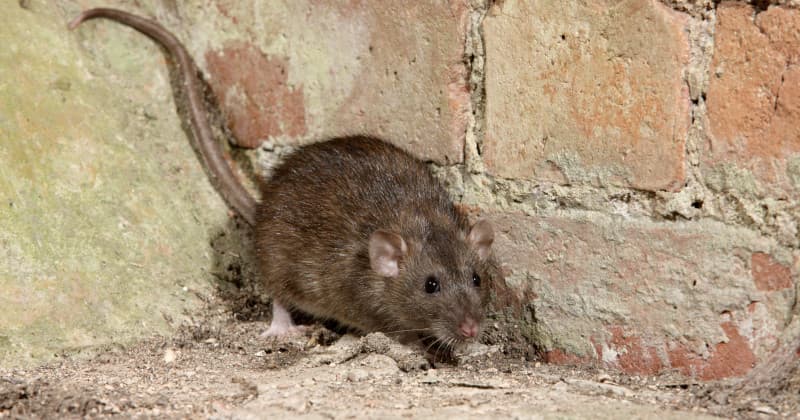Rats are smart scavengers that can get into homes and other properties to find food, protection, and places to nest. Usually, people don’t notice they’re there until the population gets bad. To keep your family and home safe, you need to be alert and spot the early signs of a rat problem.
Putting Downs
Rat droppings are one of the most clear signs that you have a rat problem. The waste of rats is usually dark brown or black, small (about 1/2 inch long), and shaped like rice grains. You might find these droppings in kitchens, closets, cabinets, or along baseboards, places where rats like to hang out. Checking these places often can help you find new droppings.
-
Marks on the gnaw
Rats need to wear down their strong incisor teeth, which are always getting longer. Because of this, they chew on different things to keep their teeth short enough to handle. Check wires, plastic pipes, food packaging, and even wooden buildings for gnaw marks. Gnaw marks that are new will look light, while marks that are older may be darker.
-
Sounds of scratching
Because rats are nocturnal, they are most busy at night. If you hear scratching or scuttling sounds in the attic, walls, or roof at night, it could mean that rats are moving around. They often use these sounds to show where they are going as they look for food or move through breeding materials.
-
Nests and things used for nesting
Rats are very good at building nests, and they use a lot of different things to make cozy, hidden places to live. Look for nests in places that are hard to reach, like attics, crawlspaces, and wall gaps. Animals may use things like shredded paper, cloth, insulation, and even dried plants to build their nests.
-
Marks of grease
Rats’ fur is oily, and when they move along walls or through small gaps, they leave dark, oily marks behind. These marks, which are sometimes called “rub marks,” can show their normal paths. People who live in homes with these spots should be aware that rats are living there.
-
Runways and the tracks
Rat trails and runways can be found in places with a lot of dust or soft materials, like attic insulation. Rats often go in the same directions, leaving marks in the insulation or dust. You can use these tracks to figure out their routes and possible entry places.
-
Pet Behaviour You Can’t Explain
Pay attention to how your pets act if you have them. Cats and dogs can often smell things very well, and they may become more alert or even try to get into places where rats are. If your pets are acting in a strange way, you should look into it further.
-
Food packaging that is torn
Rats eat anything they can get their hands on, and they can infect your food. Look in your pantry and kitchen drawers for food packaging that has been chewed or gnawed. Also, look for signs of contamination in kept food, like chew marks or rat droppings.
-
Rats have been seen
Even though it doesn’t happen very often, you might see rats during the day, especially if there are a lot of them. Rats usually don’t like being around people, so seeing them in public can be a sign of a big problem.
-
Activities outside
Rats are not limited to looking for food inside. They might make rat holes or dig burrows in your yard. They might also leave tracks near trash cans or compost piles outside. Rat behaviour outside can be an early sign of possible infestations inside.
It’s important to act quickly if you see any of these signs that rats are living in your home. Rats can have many babies very quickly, so a small problem can grow into a big one very quickly. Most of the time, calling a pest control professional is the best way to get rid of rats and keep them from doing more damage to your home. You can avoid the stress, time, and money needed to deal with a full-blown rat situation if you catch them early.
Rat Control Lindsay’s crew is only comprised of licensed exterminators who are trained, certified, and insured to handle the toughest cases all around Lindsay and beyond.
